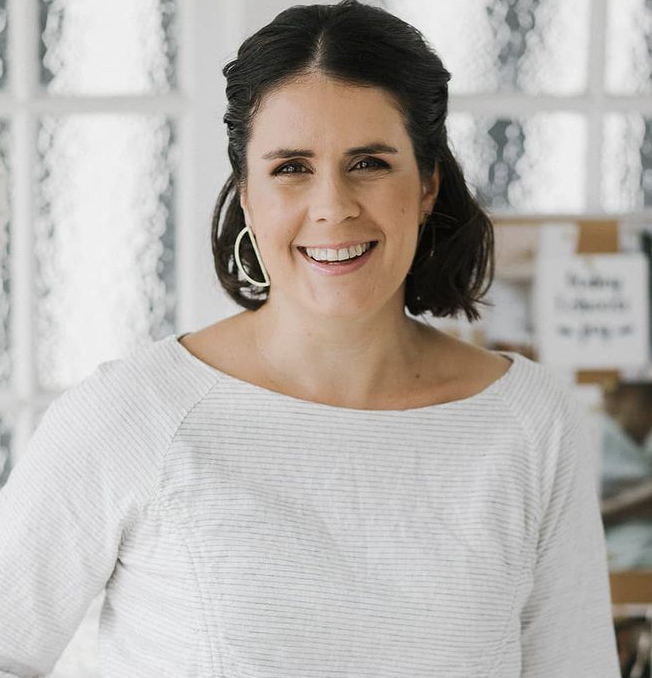
Creating space for conversations that count

Please note that this article discusses suicidal ideation and may be sensitive content to some readers.
R U OK? Day highlights the impact a simple question could have on someone who is struggling with their mental health.
Within a workplace context, a culture where everyone feels safe to ask and answer this question speaks volumes of the psychological safety supporting its people.
With the intent to continue empowering organizations beyond the important days that are recognized this week, we will explore three essential layers of suicide awareness and prevention within a workplace. These are:
- Awareness and education
- Empowered leaders
- Supportive structures
Awareness and education
By including mental health awareness training as a part of your organization’s ongoing L&D program, you can empower not only those who are struggling but their peers as well to recognize the early signs of low mental health.
Rolling out learning that contains sensitive subject material must always be done with consideration and supportive structures in place. Stigma reduction from effective education can improve supportive behaviours within the entire team. Additionally, stigma reduction training can also increase the preventative steps taken by employees who are struggling with suicidal ideation or their mental health.
Mental health awareness and education must be included at all points of an employee’s lifecycle and workplace learning journey. From onboarding to skills development, mental health education empowers not only the learner personally, but the depth of their positive impact on the organization.

Empowered leaders
Individual awareness of the importance of mental health has improved leaps and bounds (particularly within the context of the last three years). However, there is still a ‘workplace wellbeing gap’.
67% of leaders fail to meet their employees’ expectations for how invested leaders should be in their wellbeing. At the same time, 50% of managers are unable to identify when their direct reports are struggling with their mental health or are close to burnout.
To underscore this point, 74% of workers agree that their company should increase its focus on mental health and staff wellbeing. Yet, only 55% of employees feel their company cares about their mental health. These are damning numbers, showing that many organizations must urgently increase their mental health and wellbeing support.
A supportive and equipped leader can positively impact each employee, holding a compounding influence on their workplace’s overall psychological safety. This responsibility includes leaders at all levels, as explained in our conversation below with Arthur Papagiannis, CEO of AP Psychology and Consulting Services.
You can see more of our conversation with Arthur in our article Psychological safety in the workplace: where to begin.
Supportive structures
The third layer of workplace suicide awareness and prevention is implementing accessible supportive structures. An organization should strive to remove as many barriers as possible that prevent employees from recognizing and accessing the support they need.

In 2022, 45% of employees still feel their employer is not doing enough to support their wellbeing. what's more, 7 out of 10 people who experienced anxiety and stress during the pandemic felt a lack of support from their workplace.
It is critical to make your support pathways as clear and accessible as possible. Just as each employee should be able to identify safe exits in a fire emergency, they should also have a crystal-clear understanding of where to go for support when needed.
In practice, this often comes in the form of employee access to mental health counselling programs and crisis support.

The team at R U OK? are known for saying:
You don't need to be an expert to reach out - just a good friend and a great listener.
A psychologically safe work environment is not a replacement for trained mental health crisis support. However, it is obliged to support its employees mental health of its employees and provide pathways to the appropriate help whenever needed.
Looking for comprehensive Mental Health and Wellbeing training?
We have developed regionally specific learning playlists covering Talking about Mental Health and Suicide, ready to be integrated into your workplace wellbeing plans.
Our learning library has over 2,000 training modules and resources developed specifically to educate and increase your team's health and wellbeing. Speak to your Go1 Customer Success Manager or book a demo about curating a playlist built to educate and empower.
Please remember, if you are struggling with your mental health and experiencing significant distress, we encourage you to reach out for immediate support.
Australia: Lifeline 131 114 or Beyond Blue 1300 224 636
USA: NAMI HelpLine 800-950-6264
UK: Samaritans 116 123 or Shout Crisis Text Line text ‘SHOUT’ to 85258
Global: United for Global Mental Health Regional Directory




